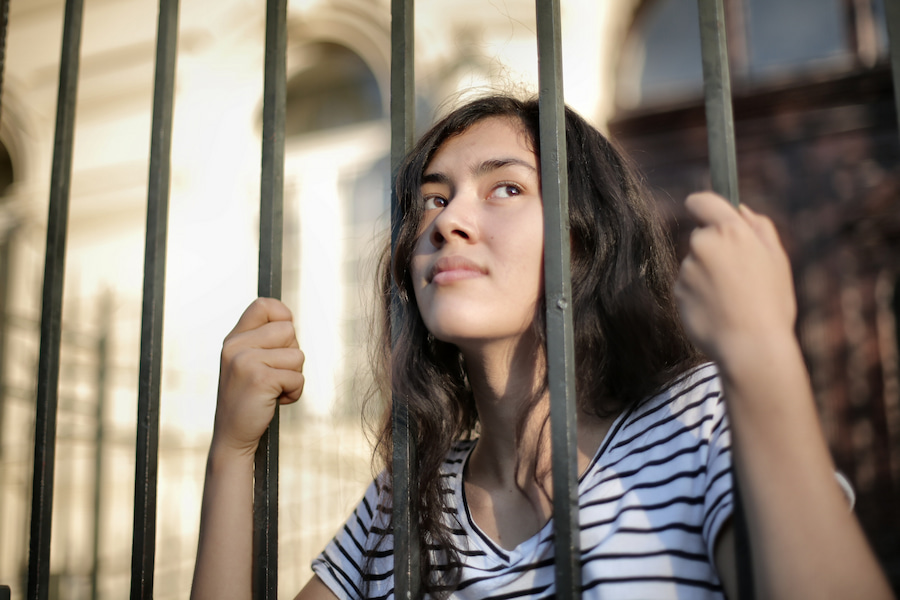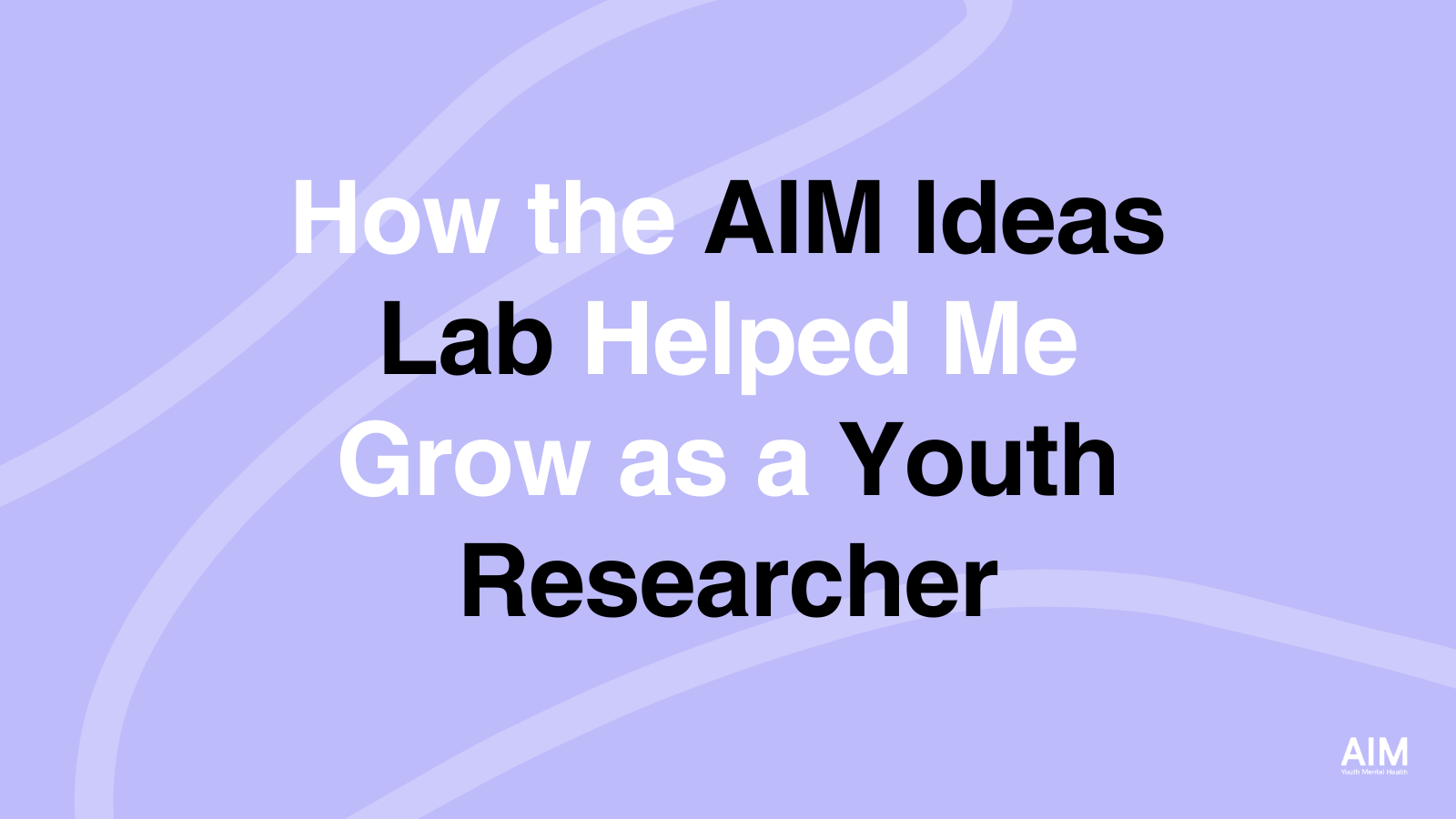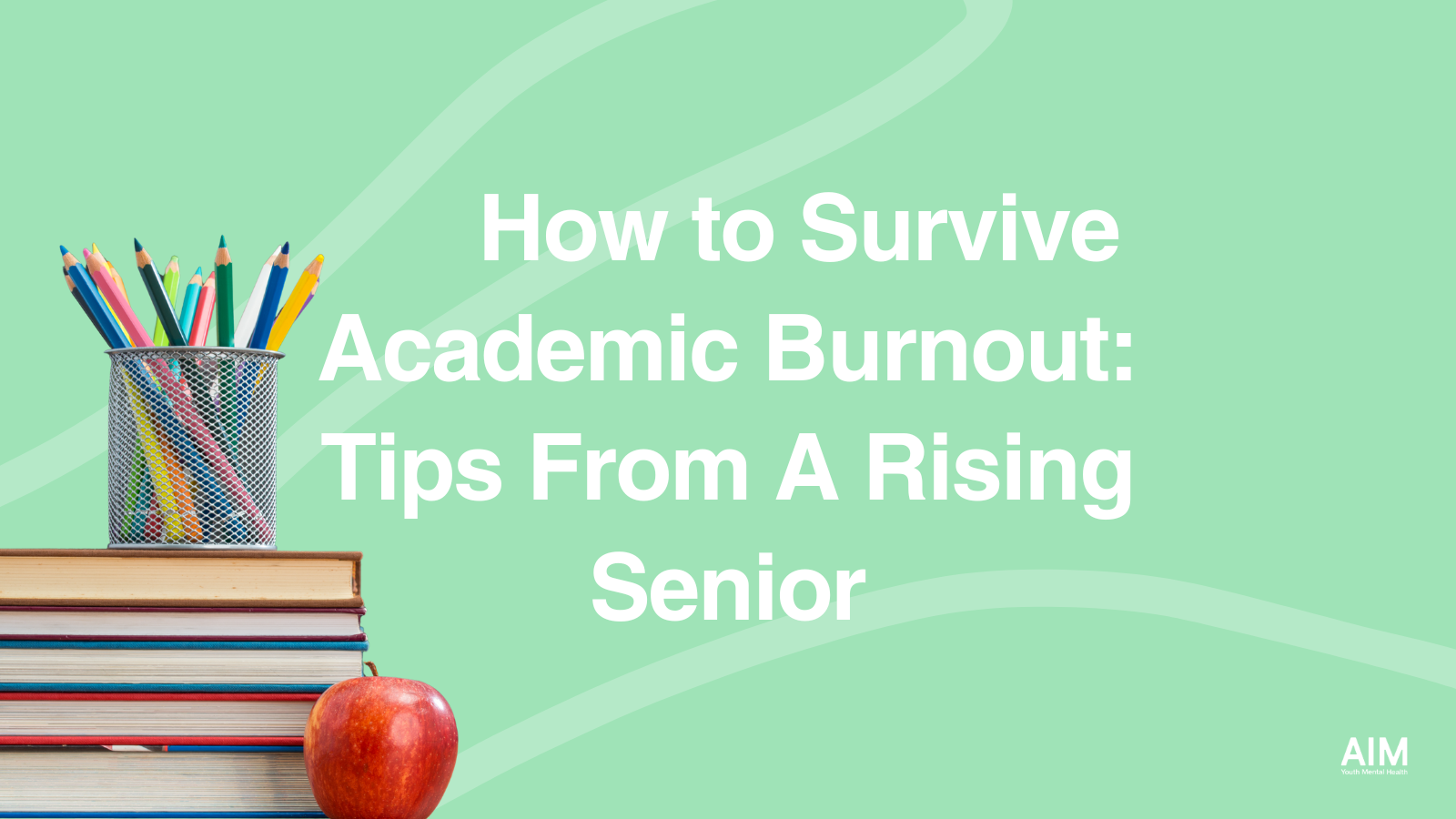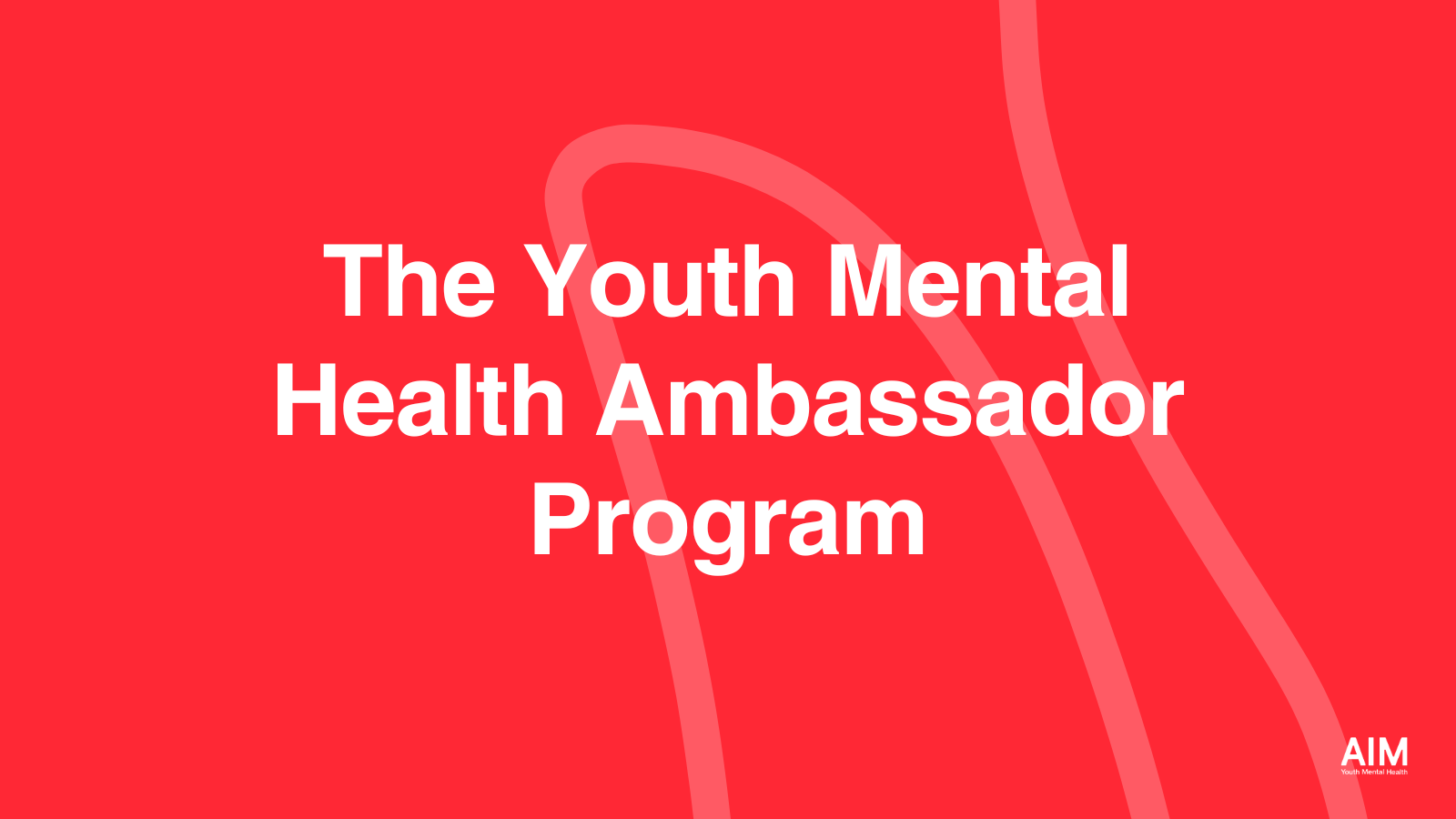AIM-funded postdoctoral fellow, Dr. Marc Weibtraub’s UCLA group-based treatment utilizes a skills-based approach for adolescents experiencing or at-risk for severe depression, bipolar disorder and psychosis.
Psychosis is typically misunderstood and is often conventionalized as a worsening of social anxiety. And it may seem that way… at the beginning.
Psychosis is a symptom – not a diagnosis – in the context of mood disorders. Bipolar disorder and depression can both have psychotic features, but symptoms of psychosis can exist without meeting the criteria to be diagnosed with a disorder. Someone who experiences psychosis, may have started by feeling nervous about what other people are thinking about them. Over time, those feelings can start to worsen, and the initial social anxieties morph into substantial fear.
For Miranda, psychosis meant feeling suspicious of other people’s intentions and fearing for her safety. At first, when Miranda was just 13 years old, she began experiencing extreme depression and crippling anxiety. Over the next four years, while her parents frantically searched for answers, her challenges with her mental health grew worse. By age 17, Miranda had developed severe psychosis. She wondered whether people might want to harm her and started experiencing intrusive thoughts and fears of an animal attack. Miranda described seeing things that weren’t there. She saw shadows and dots and heard whispers.
With the development of severe social anxiety and psychosis, Miranda dropped out of high school to be homeschooled. Her parents were still looking for answers. She needed more than regular talk therapy – she needed to learn specific skills that could help her in her struggle to determine what was reality and what was psychosis. She wasn’t taught these tools in school. Her teachers didn’t teach her to look out for initial warning signs of psychosis in class, they were busy lecturing on the pythagorean theorem. Where could she go? Who could she turn to?
To their luck, Miranda’s parents discovered a nine-week, AIM-funded, UCLA group-based treatment that utilizes cognitive behavioral therapy (CBT) for adolescents experiencing or at-risk for severe depression, bipolar disorder and psychosis. Led by AIM-funded postdoctoral fellow, Dr. Marc Weintraub, the study utilized a skills-based approach that teaches adolescents strategies to better cope with stressful thoughts, emotions, and behaviors. Along with 29 other adolescents and their families, Miranda began participating in group sessions to learn these strategies she so desperately needed.
“We take small steps,” explains Dr. Weintraub, “First, we have the participants notice their thoughts and pay attention to them… If they are anxious about something, whatever it may be, we slowly modify the thoughts, so they don’t fall into thinking traps. We can ask: are you 100% sure [about your negative thought] or is there, perhaps, a 1% possibility that it’s going to be okay?”
Throughout her nine weeks in groups, Miranda learned skills about recognizing and communicating her emotions, monitoring her thoughts and behaviors, and how to identify thinking traps that are unhelpful. She wasn’t alone. In fact, the initial data from this program showed an improvement in emotional regulation and functioning across a variety of domains for all 30 youth participants. There were improvements in academic functioning, peer and social functioning, and reductions in psychiatric symptoms. These improvements were amplified for the teens who practiced the skills more. The goal was to learn to manage symptoms as an adolescent, so they never reach the threshold for these disorders as they get older. Thanks to this intervention, Miranda learned those skills and continues to practice them with her family today.
“I feel Dr. Weintraub’s work reduced my daughter’s symptoms. It made me happy because the lightbulb went on to realize the type of therapy that we needed. The materials in our folder from UCLA felt like treasure and gave us answers. Even if some of it is basic information, when you are in the midst of trying to help somebody, it’s the golden ticket,” shares Miranda’s mom. “After four and a half years, we hadn’t gotten any of this from the doctors and therapists we had seen. The nine week UCLA program went by in a blink of an eye. None of us wanted it to end. But now I can see there’s more out there for us – there is hope for us and for Miranda.”
Following the initial piloting of this treatment, Dr. Weintraub and his team are developing a mobile application (app) that will serve as an adjunct to the treatment. The mobile app will include session-by-session content, interactive skill practice, and mood/emotion monitoring. Dr. Weintraub will be testing whether this app-assisted treatment can increase adolescents’ engagement in treatment and improve their clinical and functional outcomes.





